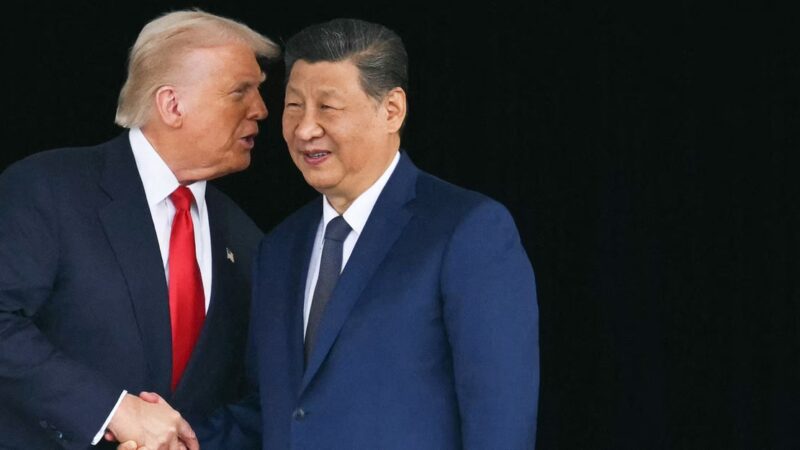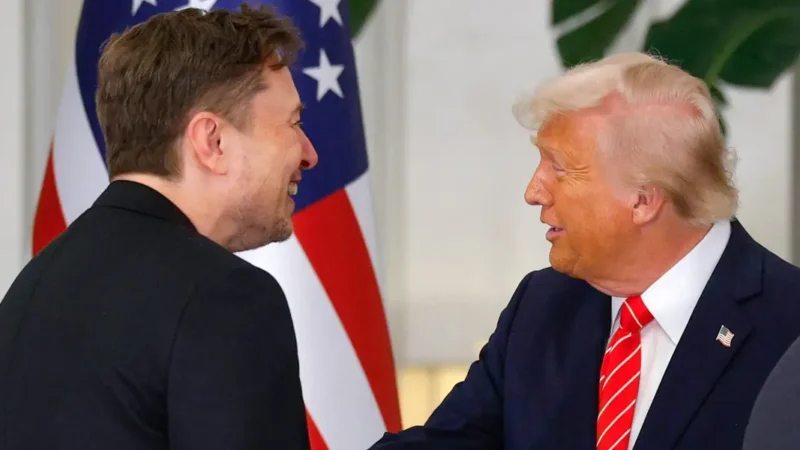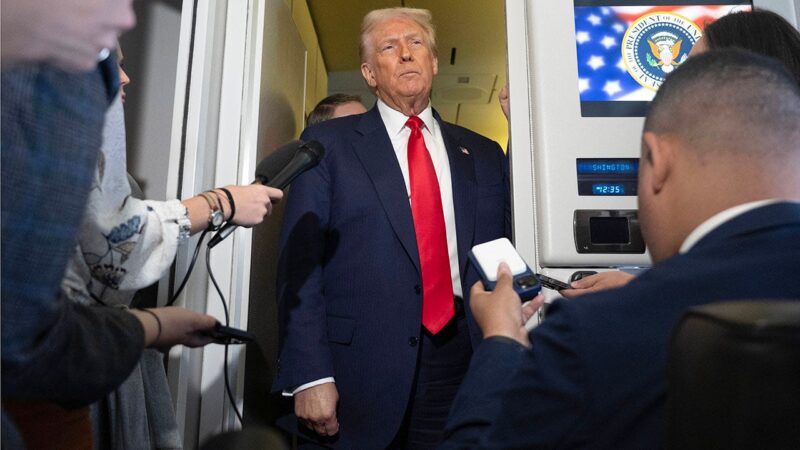Trump-Xi Summit: 3 Big Business Takeaways From First Meeting in 6 Years
Donald Trump and Xi Jinping just hit reset on the world’s most important economic relationship.
The two leaders met Thursday in Busan, South Korea, for their first in-person talks since 2019 — a long-awaited summit that signaled a thaw after years of tariff wars, tech tensions, and pandemic-era isolation.
Both sides emerged projecting warmth and progress.
Trump said it was a “truly great meeting,” while China’s Foreign Ministry said the two countries should remain “partners and friends.”
Beneath the diplomatic niceties, three clear business signals stood out.
1. A tariff truce — and a modest cut — offer markets breathing room
Trump told reporters the US will cut tariffs on Chinese goods linked to fentanyl production from 20% to 10%, extending what amounts to a fragile ceasefire in the trade war.
Beijing’s statement said that “economic and trade relations should continue to serve as the anchor and driving force for China-US relations.”
Analysts see the move as a de-escalation that could calm investor nerves and stabilize global supply chains, especially for manufacturers squeezed by years of retaliatory tariffs.
2. Big wins for American farmers
Trump announced that China will resume buying “massive” amounts of US soybeans, sorghum, and other farm goods, saying, “Our farmers will be very happy.”
That commitment revives a key export channel that had shriveled under Beijing’s retaliatory tariffs during Trump’s first term in the White House.
The purchases will likely bring relief to producers in the Midwest, a core region for Trump’s support base.
Trump even joked that farmers should “go out and buy more land and larger tractors.”
3. Critical minerals, fentanyl cooperation, and energy deals on deck
Trump said China agreed to continue the free flow of rare earths and critical minerals — materials vital for EVs, wind turbines, and semiconductors — while also pledging to help curb fentanyl trafficking into the US.
He added that the two nations will explore large-scale energy transactions, possibly involving oil and gas exports from Alaska, with discussions to follow between US and Chinese energy teams.
That’s potentially significant for US energy producers and could reshape commodity flows if realized.
Why it matters
The Busan summit capped off a whirlwind month for US-China relations — one that has already reshaped markets.
Earlier this week, a 90-day tariff truce and a framework trade deal sent Wall Street surging: the S&P 500 closed above 6,800 for the first time, the Nasdaq gained 1.9%, and the 10-year Treasury yield climbed back over 4% as risk appetite roared back.
Investors piled into chipmakers like Nvidia — pushing Nvidia’s valuation beyond $5 trillion — while rare-earth stocks tumbled amid expectations that Beijing will delay export controls.
The meeting also confirms that the 100% tariff threat is “off the table,” as Treasury Secretary Scott Bessent said during a Sunday interview on CBS News’ “Face the Nation,” marking a major de-escalation after Trump’s earlier push toward 245% levies.
But with negotiations approaching their 90th day and unresolved fights over subsidies and tech controls, the Busan summit does not completely end US-China tensions.






